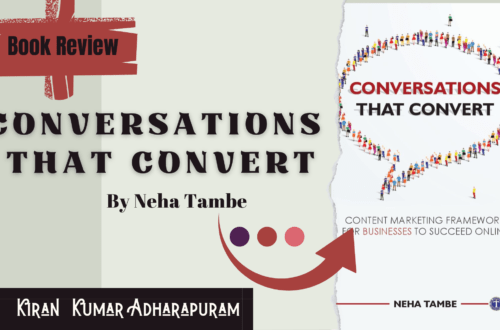Social media is riding our heads! While it has brought unprecedented connectivity and convenience, it has also given rise to a concerning issue – Social Media Addiction among teens and young adults. The rise in the number of applications and variants of Social Media platforms opens up ample prospects of grimaces. As the allure of constant updates, likes, and notifications can be overwhelming, it is essential to understand and implement effective strategies to combat this addiction.
Acknowledging the pain points of iGENs or centennials, this blog struck my mind, with extensive study and indagation, here are TEN practical ways to help teens and young adults break free from the grip of social media addiction.
Awareness and Education
The first step in tackling any addiction is recognizing its presence. Schools, parents, and communities should educate teens and young adults about the potential dangers of excessive social media use. Raising awareness about the addictive nature of platforms and their impact on mental health can encourage individuals to take a closer look at their habits.
Set Clear Usage Limits:
Establishing clear limitations is crucial. Encourage individuals to allocate specific time slots for social media use and stick to them. Apps that track screen time can help users become more mindful of how much time they spend on social media each day.
Digital Detox Challenges
Well, this is applicable to all age groups. Regularly taking breaks from social media can help reset one’s relationship with these platforms. People can challenge themselves to periodic “digital detox” weeks or weekends, during which they refrain from using social media altogether. Engaging in offline activities can reinforce the idea that life goes on beyond the virtual realm.
Notification Management
Notifications are designed to be attention-grabbing, contributing to the addiction cycle. Encourage users to turn off non-essential notifications or use “Do Not Disturb [DND]” modes during work, study, or personal time. This reduces the constant urge to check for updates.
Indulge in Offline Hobbies and Activities:
One of the reasons social media is so appealing is that it fills moments of boredom. Encourage teens and young adults to explore a variety of hobbies and activities that capture their interest and help them develop new skills. While this helps in reducing their screen time, it also contributes to their overall personal growth.
Create Tech-Free Zones
Dining Table is a No-phone zone in our home. Irrespective of age, no one in our family is allowed to bring phones to the dining room. Designate specific areas or times where the use of electronic devices, including smartphones, is prohibited. For instance, meal times and the bedroom can be declared tech-free zones, promoting face-to-face interactions and improving sleep quality.
Cultivate In-Person Relationships:
Prioritize nurturing real-world relationships. Spending quality time with family and friends can provide emotional support, reducing the need for constant validation from social media. Engaging in meaningful conversations and shared experiences can boost overall well-being.
Try Mindfulness and Mental Health Practices
Teach teens and young adults mindfulness techniques and stress-relief practices. These techniques can help manage the anxiety and restlessness that often accompany the compulsion to check social media.
Parental and Peer Support
Parents, guardians, and peers play crucial roles in supporting those struggling with social media addiction. Open dialogues and support systems can foster an environment where seeking help is encouraged and destigmatized.
Using ‘Happinetz‘ can be an added advantage
While we take lots of measures to protect kids from falling into the trap of Social Media and unethical websites, there are chances that they sneak into such websites, which are not just addictive but also damage their devices. Therefore, it’s absolutely essential to have a system in place that prevents kids from accessing such websites. Parental control products such as Happinetz can be helpful in this scenario.
What is ‘Happinetz’?
Happinetz is a safe internet for kids box that connects to your home router. When it is connected to your router, it creates a separate WiFi which filters out age-sensitive websites.
For more on features, please visit the website
Closing Words
Social media addiction is a growing concern among teens and young adults, affecting their well-being and overall quality of life. By raising awareness, setting boundaries, fostering offline connections, and implementing mindful practices, individuals can regain control over their social media usage. It’s essential to remember that conquering addiction is a journey, and with determination and the right strategies, a healthier relationship with technology can be achieved.
This post is a part of Happinetz – Safe Internet For Kids
Links & FootNote
My Insta Handle: Kiran_Kumar_Adharapuram
You can also explore my works -> Here





This is a very helpful post.😊
Very useful info. It will create awareness in youngsters.
The habits you highlighted are must needed in today’s world where every individual of every age become addicted to devices and all.